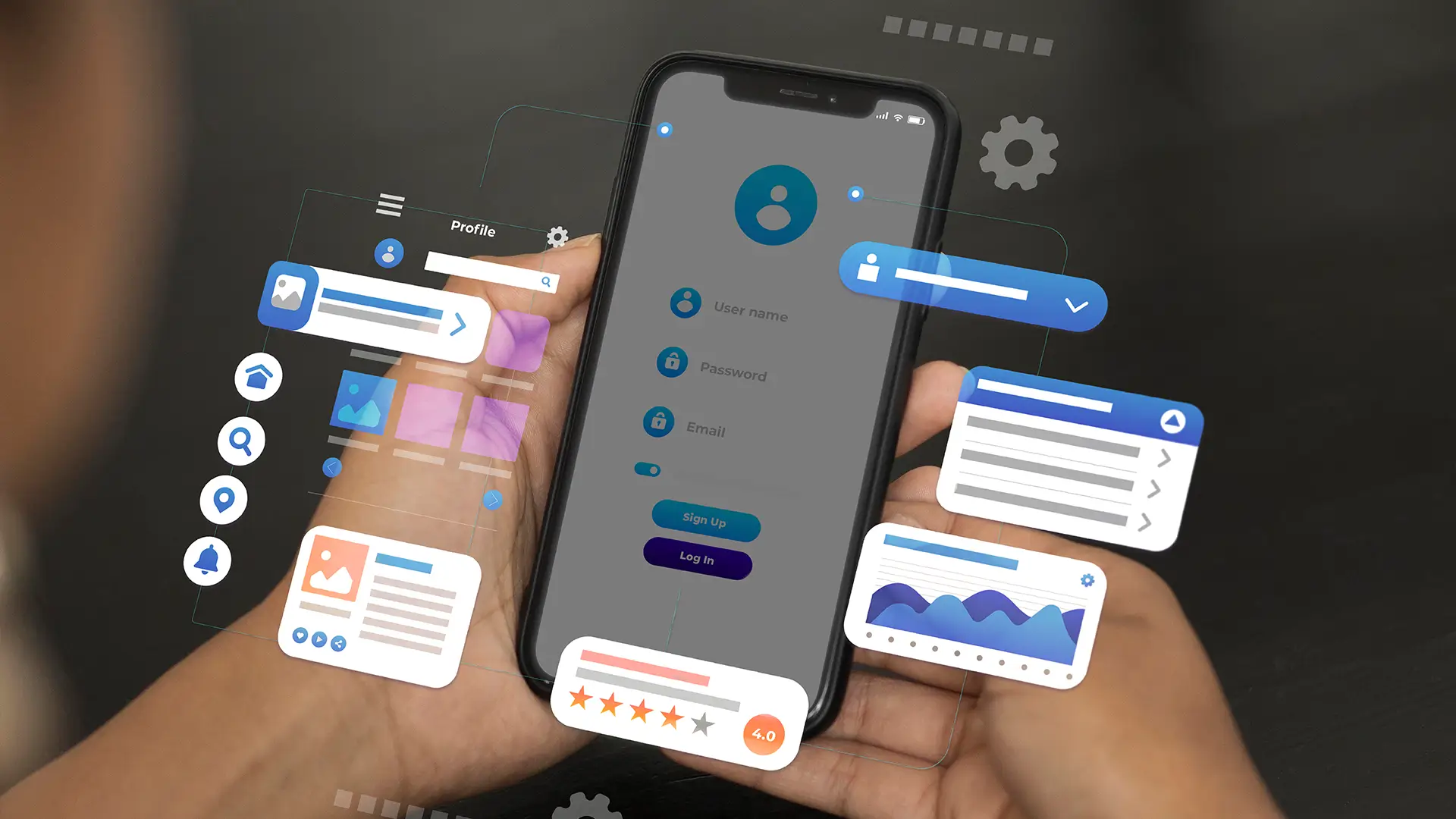Digital-native companies are businesses that operate mostly through digital platforms. This includes online-only banking apps, food delivery platforms, ride-booking apps, e-commerce brands, learning platforms and more that work entirely online.
For these companies, every action happens inside the app. If a screen does not load, a payment step slows down, or a feature stops responding, there is no other path for the customer. The experience breaks at that moment, and the impact is immediate.
This is why synthetic testing and continuous monitoring are important.
Synthetic testing uses artificially created data that mimics real user inputs to check how an app behaves before real users interact with it. Continuous monitoring then shows how the app performs in real use, helping teams find issues early.
Let us learn about this process in detail in this blog post.
What Is Synthetic Testing and How It Works
Synthetic testing uses artificially created data that mimics real user inputs to check how an app behaves before real users interact with it. The data follows the same format as real information, but none of it belongs to actual users.
Example: A synthetic address such as “12 Sample Street, Demo City” follows the same layout as a real address but is fully artificial.
Synthetic testing is performed by creating these artificial inputs, scripting user actions that copy normal behavior, and running these flows repeatedly in a controlled setup.
What Continuous Monitoring Is and How It Works
Continuous monitoring is the process of observing how an app performs while real users are active. Instead of running a test in a controlled setup, it watches the app’s behaviour as it handles actual traffic. This helps teams understand how pages, APIs, and features respond under real conditions.
It works by collecting performance metrics such as load times, device types, network conditions, and error patterns as the app runs. These metrics show how well the app responds at different moments of the day and under different usage levels.
As activity increases, continuous monitoring highlights slow screens, failed requests, and unexpected changes in performance. Synthetic tests confirm that flows work in a controlled setup, and continuous monitoring shows how those flows perform during everyday use.
Why Digital-Native Apps Need Synthetic Testing and Continuous Monitoring
1. Synthetic data validates everyday user actions
People open the app many times a day for tasks they expect to work without delay. Any slowdown in a login, search, payment, or content load affects user trust.
Synthetic testing uses synthetic data, which is artificially created data that follows the same structure and format as real user inputs.
This allows teams to run critical actions with realistic inputs without using real user information. Continuous monitoring then shows how the same actions perform during real use across different networks, devices, and traffic levels. This is why both approaches are needed to keep everyday interactions predictable.
2. User issues often remain unnoticed
Digital-native apps experience frequent user drop-offs when something slows down or the app behaves unexpectedly. Synthetic testing helps uncover these issues before release, and continuous monitoring identifies the problems that surface during real use. Together, they prevent silent failures from affecting the experience for long periods.
3. Outages can appear without warning
Digital-native apps often receive deployments, configuration updates, and maintenance during low-traffic hours. These changes can introduce failures even when no users are active. Synthetic testing helps validate important flows after such changes, and continuous monitoring then shows how the app performs when real traffic returns. Both steps ensure the system stays stable across different usage levels.
4. Many external systems influence performance
Payments, authentication, search, content services, and APIs all contribute to final smooth user experience. Synthetic testing checks how these paths respond under controlled inputs. Continuous monitoring shows how they behave when usage increases. This helps teams understand dependencies and manage failures across services.
5. Teams need clear information to resolve issues quickly
When something breaks, teams must know what happened and how to repeat it. Continuous monitoring provides the performance details with all the performance KPI measured in dashboards and synthetic testing recreates the affected flow with controlled data to verify the fix. This combination reduces the time needed to restore normal behaviour.
Final Thoughts
Digital-native teams need a clear method to keep their apps steady as they grow. Synthetic testing and continuous monitoring give them the structure to do this, but the next step is putting them into a routine. Teams can begin by identifying the flows that matter most, testing them with controlled data, and then watching how these flows behave during real activity. This creates a repeatable process they can refine as the product evolves.
Ensure Faster Issue Resolution with Continuous Monitoring and Synthetic Testing. Connect With HeadSpin Experts!
FAQs
Q1. When should teams run synthetic tests?
Ans: Teams usually run them before releasing a new version, after making backend changes, or when they want to check a flow without waiting for live user activity.
Q2. Does continuous monitoring slow down the app?
Ans: No. It collects lightweight performance data in the background and does not affect how users experience the app.



























.png)


















-1280X720-Final-2.jpg)






